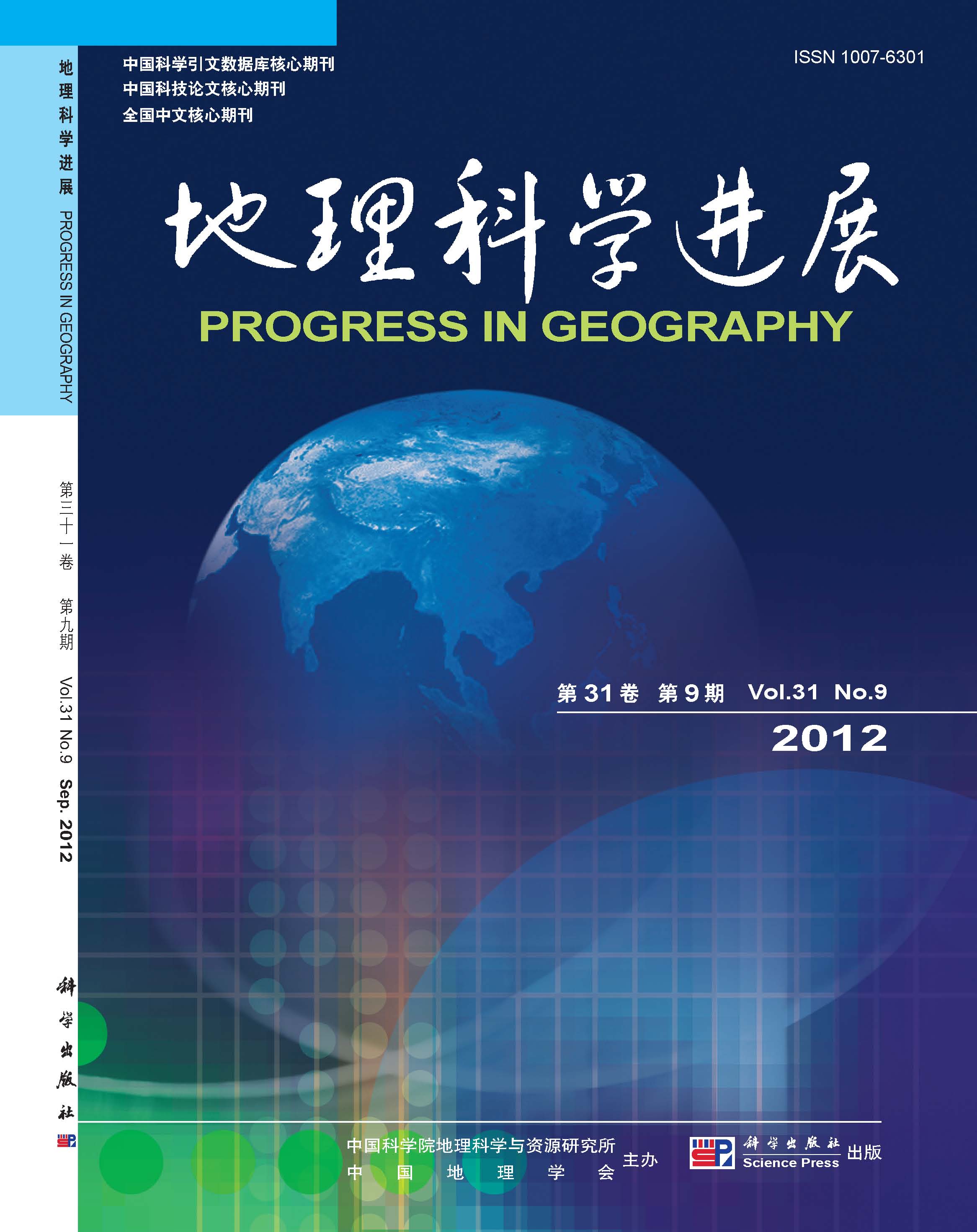Original Articles
SUN Qian, TASHPOLAT·Tiyip, DING Jianli, ZHANG Fei, MAMAT·Sawut, HAN Guihong
This study, taking the typical oasis of Shaya, Xinjiang as an example, used three temporal images combined with field surveys. With the application of remote sensing, GIS and GPS, this paper investigates the distribution and changes of the slight-moderate and heavy saline land, and examines the relationship between the slight-moderate saline land, heavy saline land and other types of landscapes. Combining with the water-salt dynamics in the study area during the last 20 years, it analyzed the distribution of the saline soil moisture content, pH value, degree of mineralization and the chemical composition, and conducted a study on land use/cover changes and salinization effects in the dry area. The conclusions can be drawn as follows. (1) From 1989 to 2009, various types of land use/cover changes significantly affected the study area and there was frequent conversion of one type into another, with comprehensive land use degree being 0.476% in the study area. Between the former nine years and the latter eleven years, the rate of deterioration of slight-moderate and heavy saline land showed a decreasing trend after the first increase. Although the salinization was mitigated, it was still unable to reverse the gradual salinization in the study area and the heavy saline land continued to increase. (2) The soil in the study area was alkaline, and the major soluble ions were Na+, Mg2+, Cl-, and SO42-. It is reported that soil alkalization was caused mainly by NaCl, followed by MgCl2 and Na2SO4. The soil moisture content at a 0~ 10 cm depth was low, while that at depths of 10~30 cm and 30~50 cm was higher. Although soil moisture content of the sampling points at differtent depths were different, but the trends were similar. Different depths of soil and types of saline soil also had a large difference, and the most surface soil salinity was different between different depths. (3) During the 20 years, the area conversion of farmland to slight-moderate and heavy saline land accounted for 3.484% and 0.418%, respectively. The transformation between water body, desert, others (gobi, sand and clay, etc.) and saline land (slight-moderate and heavy saline land) was very weak. The conversion of slight-moderate and heavy saline land to each other was frequent.
